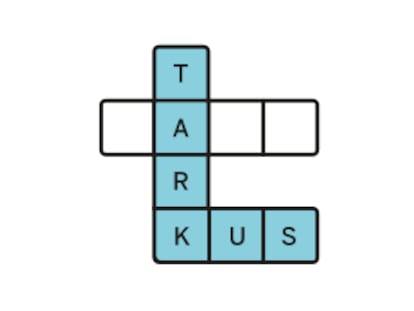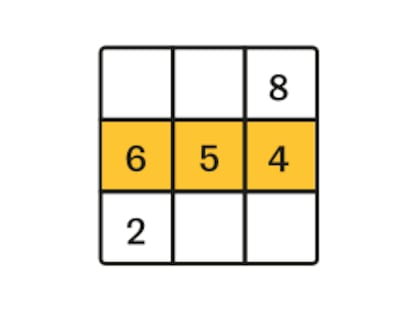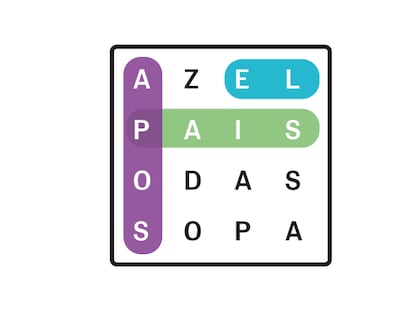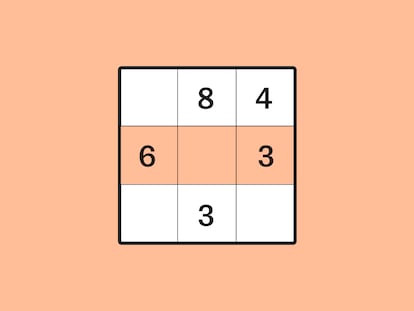Israel believes Hamas has 40,000 fighters in Gaza, the same number as before the October 7, 2023 attacks
The IDF believes the fundamentalist movement has recruited thousands of members and still retains much of its military structure

The Israel Defense Forces (IDF) estimates that Hamas still has around 40,000 fighters, similar to the number it mustered before the start of the Gaza war in October 2023. The information was reported Sunday by multiple Israeli media outlets, citing unidentified military sources.
According to the same sources, the Palestinian militia still retains a significant part of its military structure. The Israeli newspaper Haaretz claimed Hamas still has an arsenal of thousands of short-range rockets and a large part of its tunnel network — which is believed to have stretched more than 500 kilometers (310 miles) beneath the Strip before the start of the war — remains intact. According to the aforementioned reports, the Islamists maintain an “extensive” network of tunnels operating beneath Gaza City and the southern city of Khan Younis, as well as under some refugee camps.
Until March, the Israeli army — then commanded by Herzi Halevi — maintained that Hamas was no longer an operational military force, and that only independent commands existed, launching sporadic attacks. The arrival that month of Halevi’s successor, Eyal Zamir, brought new reckoning. Israel now considers Hamas a still-functional force capable of internal coordination.
Under Zamir’s leadership, the fight against Hamas has deployed new tactics. Senior army officials explain in the Israeli press that increased firepower is now being used and that the Islamist movement’s government infrastructure is being targeted. Since Israel unilaterally ended the truce on March 18, Israeli forces have launched a total of 2,900 airstrikes against the enclave.
According to military sources, legal advice has been obtained for these attacks to ensure compliance with international law. These laws prohibit, for example, strikes against densely populated residential areas, such as Gaza City, and indiscriminate attacks that could result in civilian deaths. Especially if, as is the case with a large proportion of the victims in the Strip, they are children.
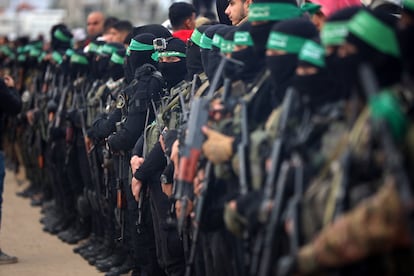
The fight against the militia’s remaining capabilities is also among the priority objectives of the new Israeli military offensive, dubbed Operation Gideon’s Chariots. This operation aims to take control of 75% of the Palestinian enclave over the next two months, while relocating the entire population of the Strip to three specific areas: Gaza City, the refugee camps located in the center of the enclave, and the Al-Mawasi area, previously designated as a humanitarian zone, although Israel has consistently bombed it.
The IDF’s plans could be based on the idea that this massive population evacuation will push Hamas into a state of collapse and a governance crisis, forcing it to negotiate a truce on the terms desired by Israel.
The Israeli military’s new calculations appear to follow the same ratio previously cited by U.S. officials. In January 2025, U.S. intelligence estimated that Hamas had been able to recruit between 10,000 and 15,000 fighters during the previous 15 months of war. This, according to Washington, offset the similar number of militants the group had lost during the same period. At the time, the same sources indicated that many of the new recruits who took up arms were young men with no combat training. On January 14, then-secretary of state Antony Blinken warned that the conflict could be “a recipe for an enduring insurgency and perpetual war.”
Sign up for our weekly newsletter to get more English-language news coverage from EL PAÍS USA Edition
Tu suscripción se está usando en otro dispositivo
¿Quieres añadir otro usuario a tu suscripción?
Si continúas leyendo en este dispositivo, no se podrá leer en el otro.
FlechaTu suscripción se está usando en otro dispositivo y solo puedes acceder a EL PAÍS desde un dispositivo a la vez.
Si quieres compartir tu cuenta, cambia tu suscripción a la modalidad Premium, así podrás añadir otro usuario. Cada uno accederá con su propia cuenta de email, lo que os permitirá personalizar vuestra experiencia en EL PAÍS.
¿Tienes una suscripción de empresa? Accede aquí para contratar más cuentas.
En el caso de no saber quién está usando tu cuenta, te recomendamos cambiar tu contraseña aquí.
Si decides continuar compartiendo tu cuenta, este mensaje se mostrará en tu dispositivo y en el de la otra persona que está usando tu cuenta de forma indefinida, afectando a tu experiencia de lectura. Puedes consultar aquí los términos y condiciones de la suscripción digital.
More information
Archived In
Últimas noticias
Most viewed
- Sinaloa Cartel war is taking its toll on Los Chapitos
- Reinhard Genzel, Nobel laureate in physics: ‘One-minute videos will never give you the truth’
- Oona Chaplin: ‘I told James Cameron that I was living in a treehouse and starting a permaculture project with a friend’
- Why the price of coffee has skyrocketed: from Brazilian plantations to specialty coffee houses
- David King, chemist: ‘There are scientists studying how to cool the planet; nobody should stop these experiments from happening’























